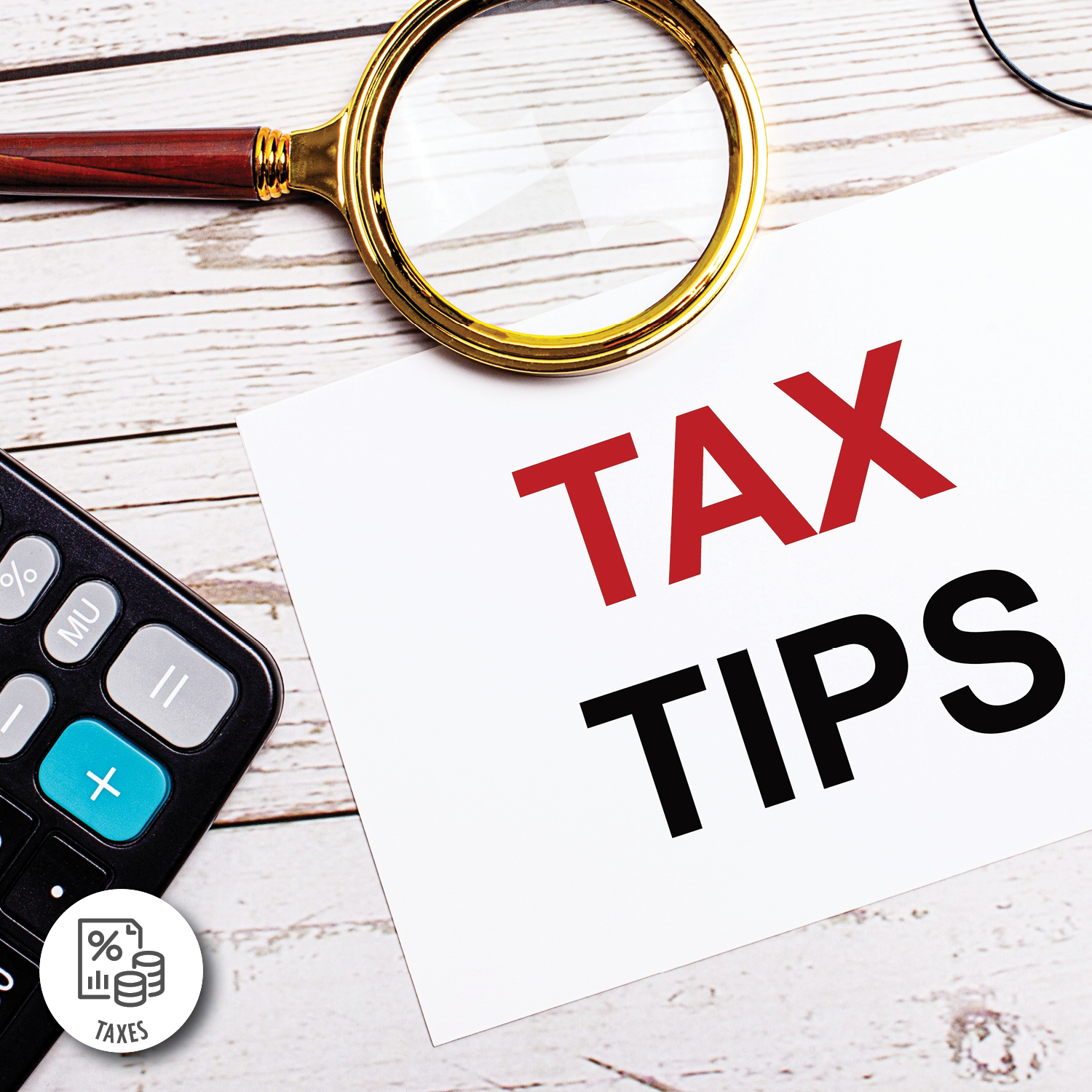
Tax Season is here! You may have questions about the forms you are receiving and why you’re receiving them. These are the four most common tax forms you’ll see and what to do with them.
1. W-2
This is the most common informational form you’ll receive. It’s a statement from your employer that contains your yearly wages, how much tax you’ve had withheld and how much you’ve paid (pre-tax) for things like health care premiums. If you have one job, this may be the only major tax form you get.
It’s also one of the most important forms. You’ll want to keep it with other tax documents until it’s time to file your taxes. This information — your yearly earnings and the amount of tax you’ve had withheld — are the most important factors for determining what your tax bill will be (or how big a refund you’ll get).
2. 1099
This is a series of forms identifying income from sources such as a contract job. Most common is the 1099-INT, which lists interest income. You may get one of these from any financial institution where you have an account in which you earned more than $10 in interest.
If you freelance or work as a contractor, and earned over $600, you’ll probably receive a 1099-NEC, if you received unemployment or another source of government income, you’ll get a 1099-G, and if you had debt canceled this year, you’ll get a 1099-C. You’ll receive a 1099-Q if you withdrew money from a 529 plan or a Coverdell Education Savings Account, this type of distribution may or may not be taxable. These forms document income that you may or may not have paid any taxes on. If you did have tax withheld from the payment you received, it would be indicated on the form.
3. 1095
These are relatively new forms that deal with health insurance. Form 1095-A is a statement about insurance purchased through a marketplace exchange. 1095-B is for private health insurance. 1095-C is for employer-sponsored health care coverage.
These forms are important if you get a health insurance subsidy through the Affordable Care Act. If not, you can go ahead and put this form into long-term storage. You’ll be asked when you file if you had health insurance all 12 months of the year. The IRS receives a copy of this form to check your work, so you’ll only need it if issues come up regarding your coverage.
4. 1098
Two forms, the 1098 and the 1098-T, report tax deductible expenses. The 1098 form lists mortgage interest and points on your primary residence, while the 1098-T itemizes tuition and other expenses paid to an institution of higher learning. Unless you have a host of other deductions, or you bought or refinanced your home this year, claiming the standard deduction and filing the 1098 away for later will serve you best.
It’s best to keep all tax forms
Prepared for informational purposes only, and is not intended to provide tax advice.
